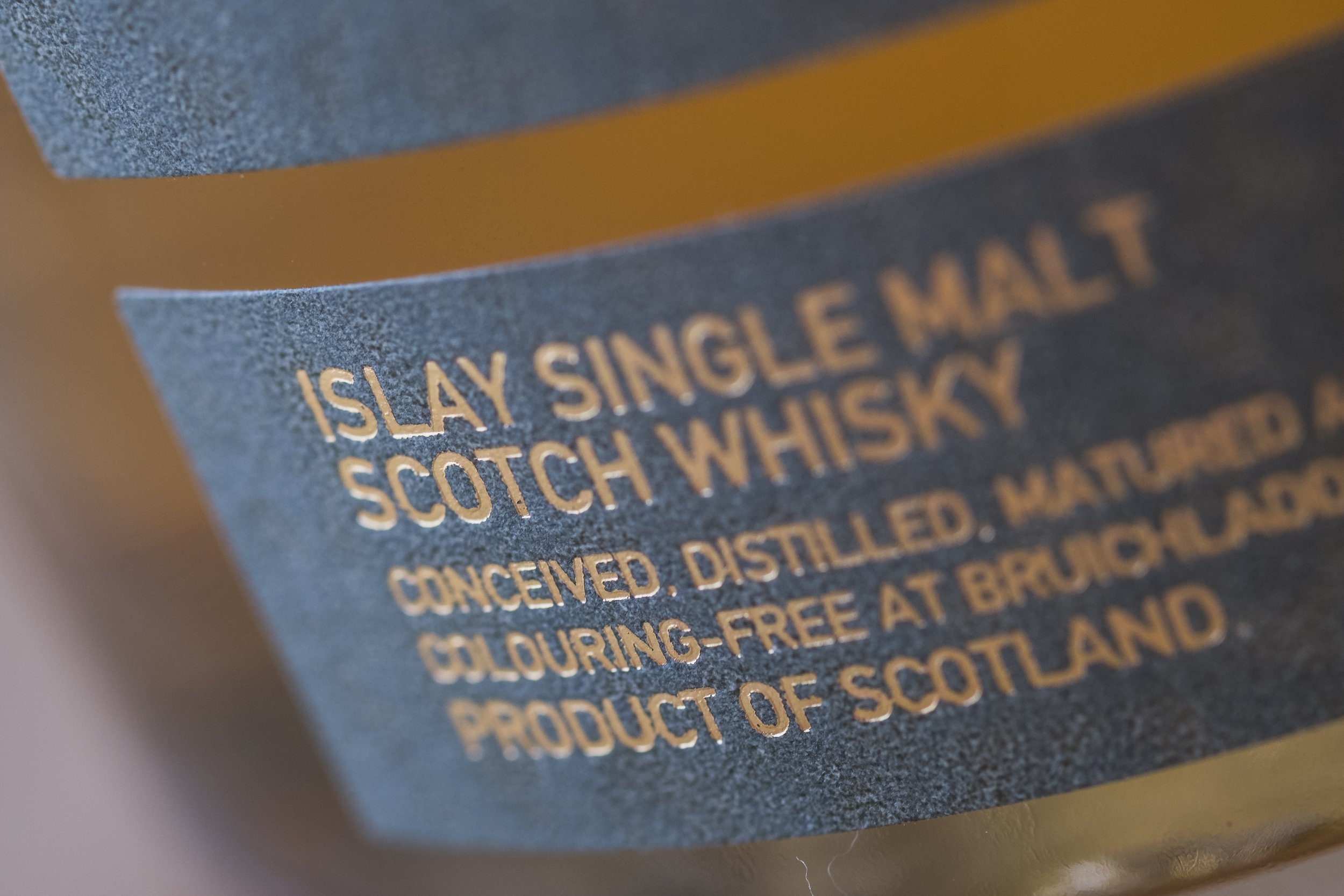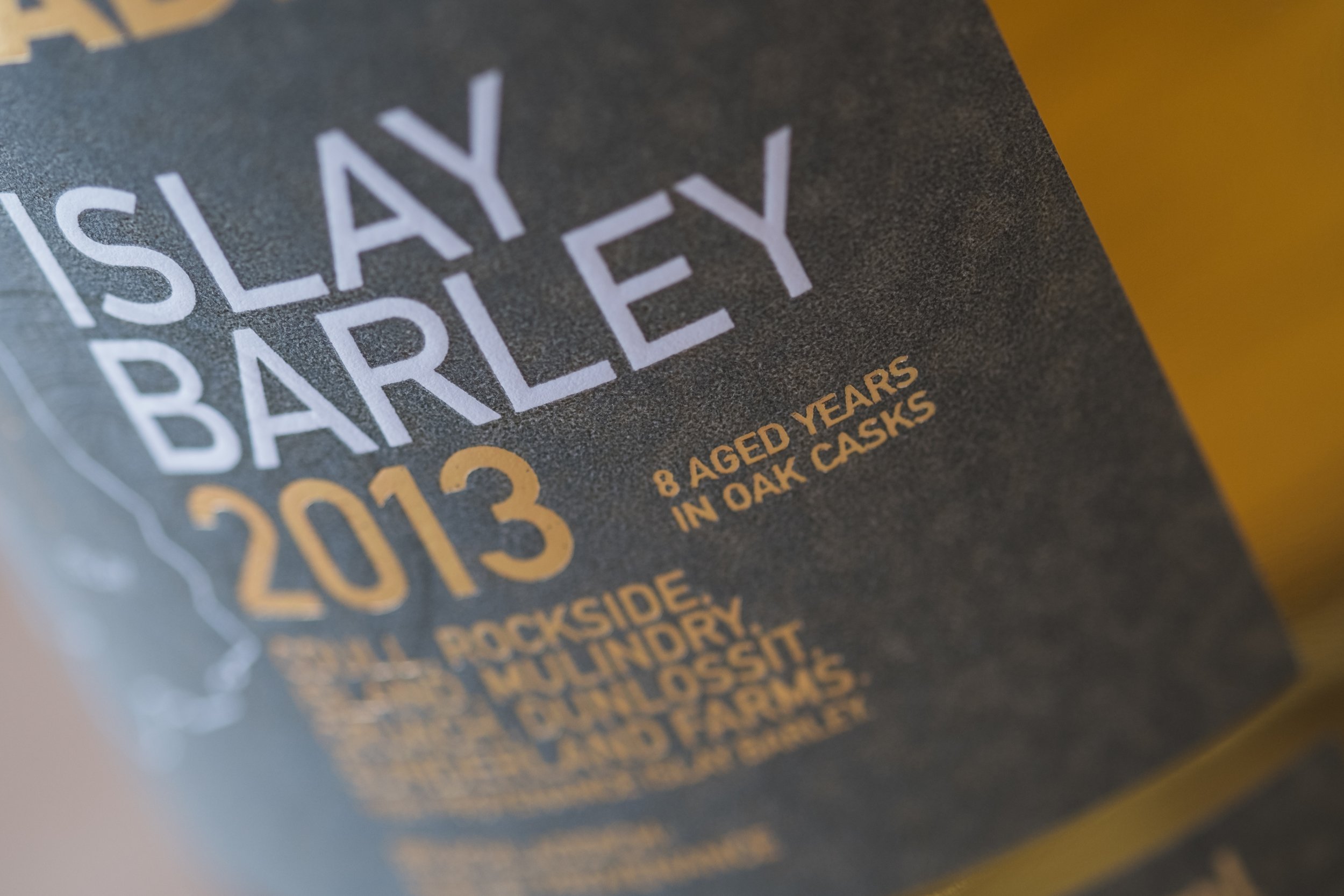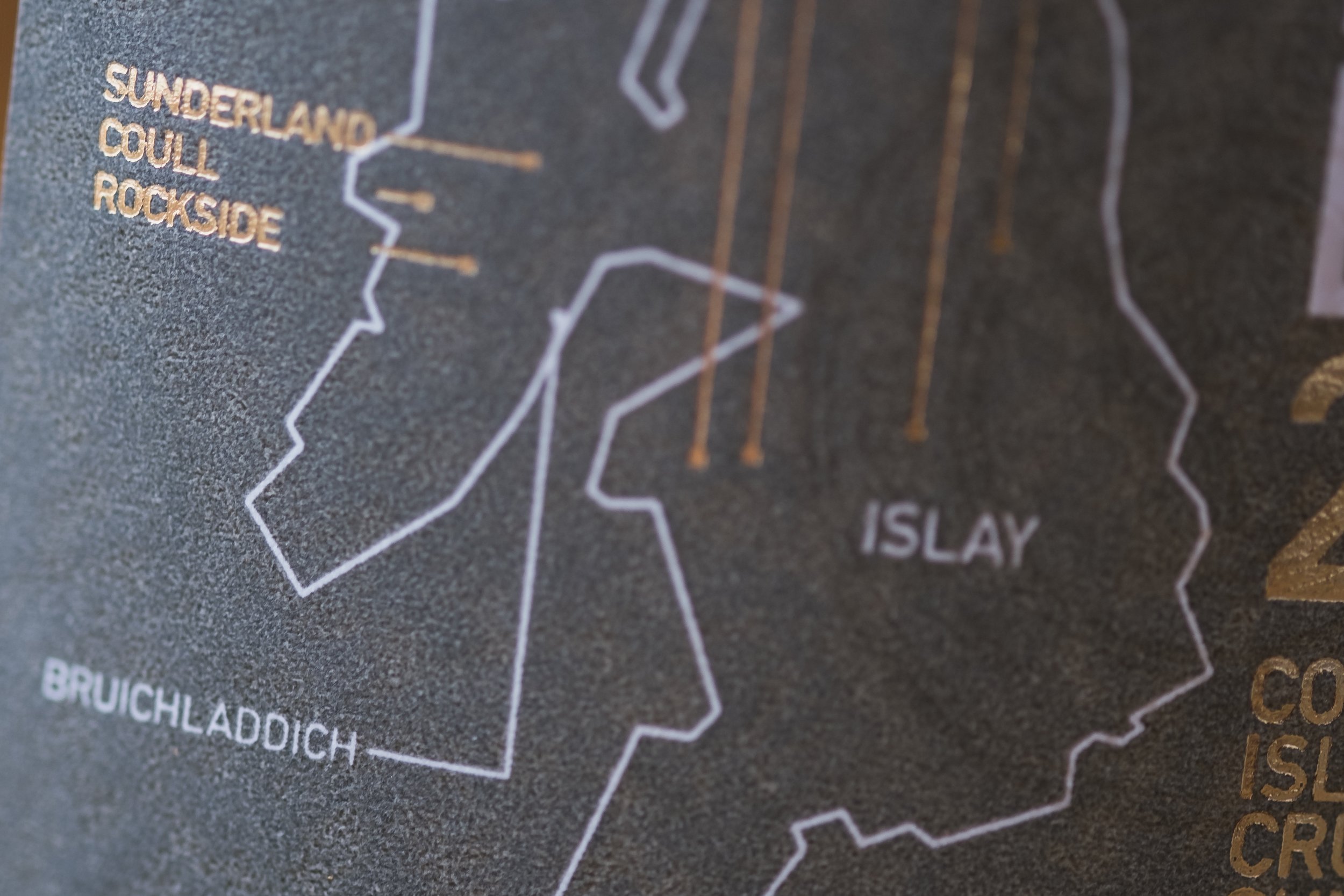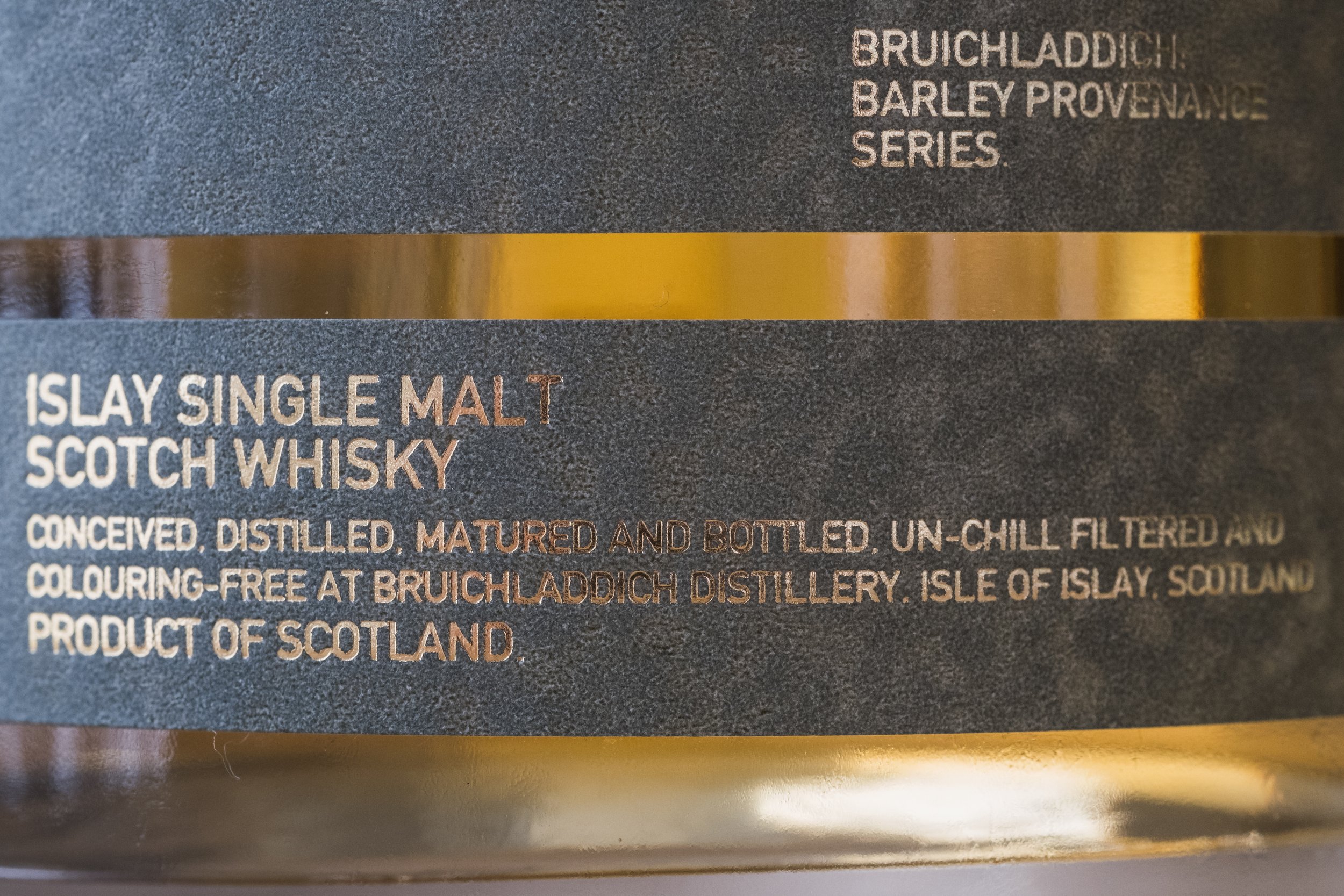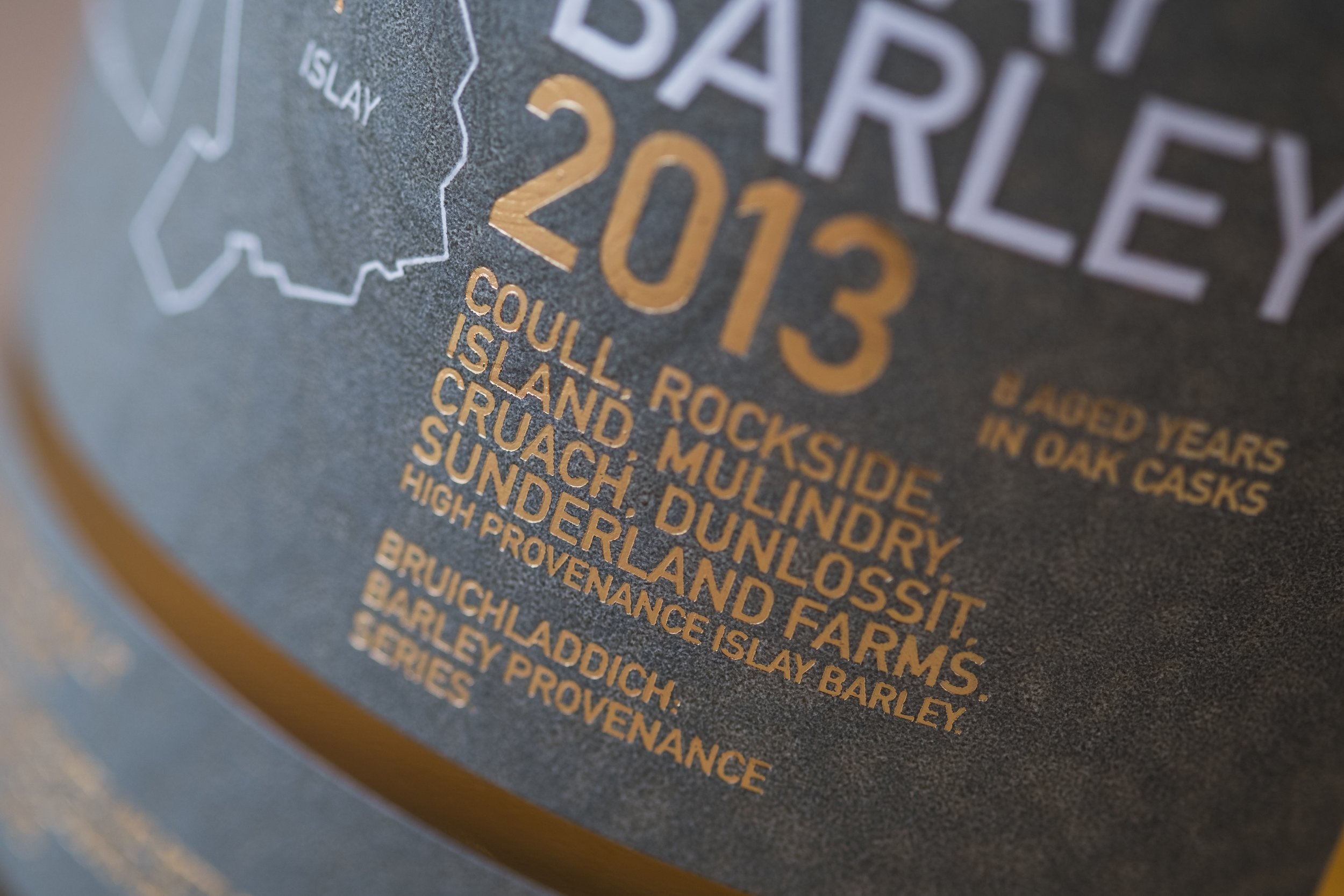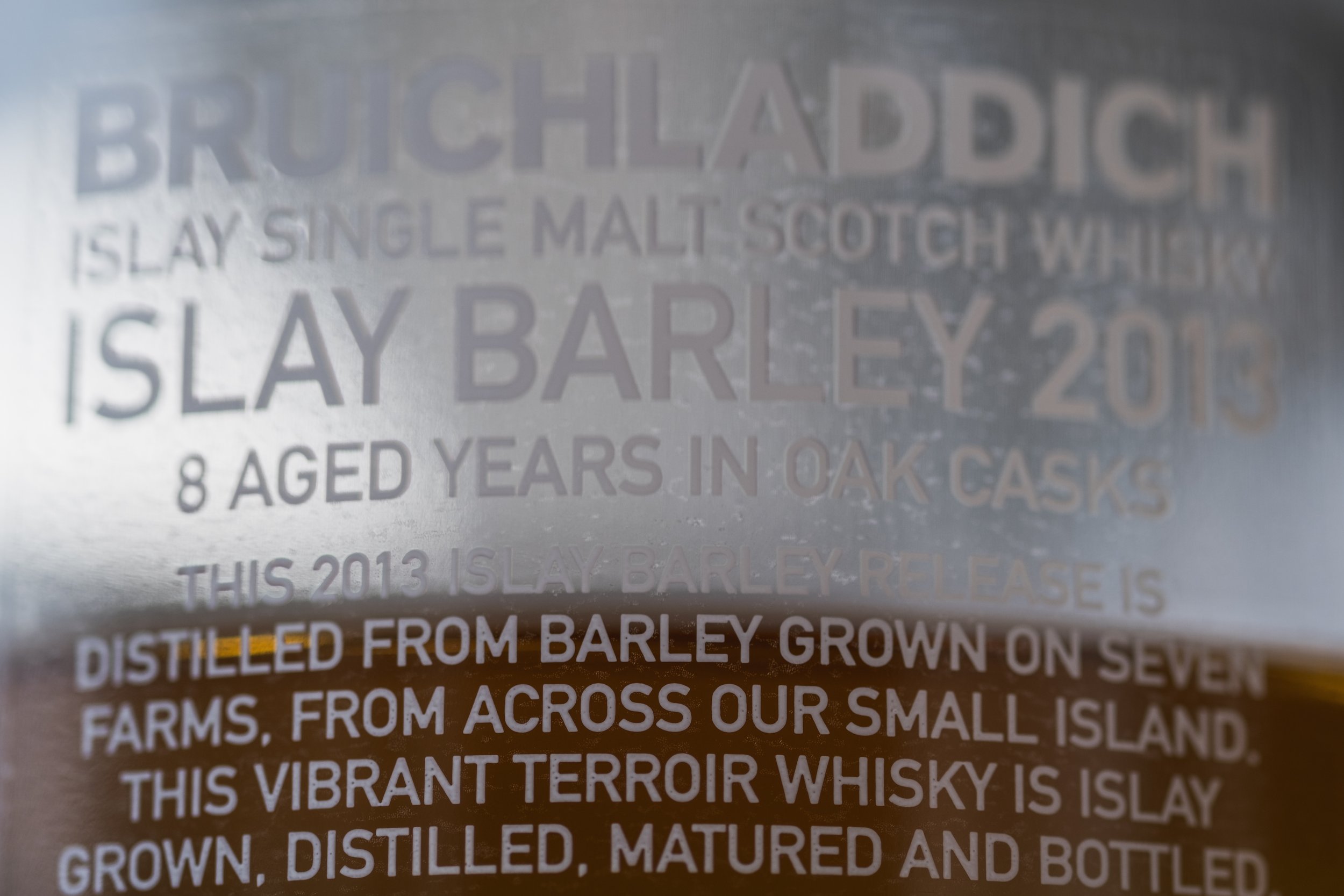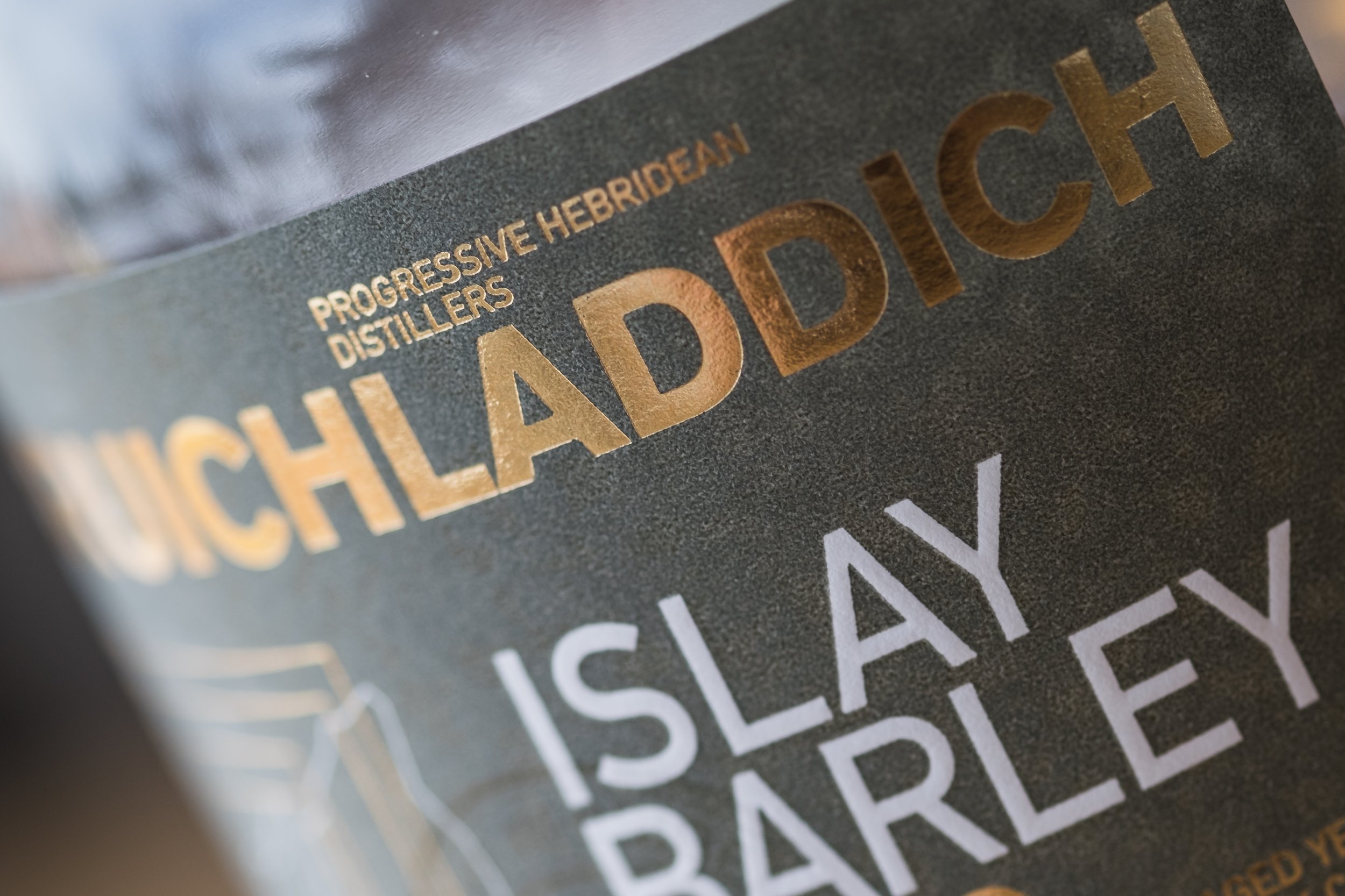Bruichladdich 2013 Islay Barley
Official Release | 50% ABV
Score: 7/10
Very Good Indeed.
TL;DR
A zesty and tasty Bruichladdich
Dramface made me buy it
What do I mean by such a statement? Well, before writing for Dramface, I had no involvement in the global whisky scene and my buying patterns were focussed solely on exploration.
I would rather have saved my monthly whisky fund to try whisky from Sweden or Denmark than purchasing from a distillery I already had sitting on the shelf. Such is the delicate balance we must all walk when spending our precious money on a consumable product that’s meant to be opened and enjoyed, depleting its inherent value to zero.
The self-purchase focused model can be found here on Dramface and several other other whisky reviewers around the world. When money and reviews are de-coupled, the reviews become truly independent. I can say that I’ve spent my personal budget, earned from my non-whisky related day job, on a bottle purchase and provided an independent, unbiased opinion on the quality and its price.
To follow a small tangential stream of thought here. This has been prompted by recent articles published by others in the whisky world, including those regarding the influence of marketing and so-called “whisky of the year” awards. I’ve just said I and a few others in the whisky reviewer sphere are unbiased. ‘Unbiased’ is a technical-sounding word leveraged by statisticians, mathematicians, and others; unfortunately, it’s readily adopted and incorrectly wielded by many individuals.
Am I blowing this word out of proportion? Who am I to be slandering such a commonplace word? Well, the real-world Broddy has his doctorate in engineering and currently plies his trade in a highly technical field in which upwards of 10 to 20 co-dependent variables must be balanced within a statistical and probabilistic framework, ensuring highly stressed components don’t blow up. All this while balancing the cost-effectiveness of keeping old infrastructure running rather than making costly replacements. I’m constantly balancing biased and unbiased variables, even considering how the influence of a material’s unique crystal structure might be influencing structural behaviours.
So, back to the word ‘unbiased’ within the realm of whisky reviews. Of course, a review is inherently biased by nature of the inclusion of opinion. We are fascinating electrochemical and hydro-mechanical machines; the number of variations between us is statistically mind-boggling. What I might think is the best whisky on the planet might be awful to someone else.
Therefore, myself and others are inherently providing biased reviews, formulated from our unique experiences and attempts at translating electrochemical sensations of smell and flavour into a written word. Is the whisky coming from a favourite distillery? That’s an inherent bias, conscious or not, towards liking the whisky and giving it a higher score with your uisge beatha coloured glasses. The inverse is also true with distilleries or flavour profiles that the person may dislike. That’s where multi-person reviews of the same liquid are worth their weight in whisky, such as how Tyree’s ultra-sensitive olfactories to sulfur-like notes precluded a low score compared to Wally’s more moderate score of a Glengoyne 10yo.
Things can get even more convoluted so let’s drive to my point. Co-dependent variables or relationships. What does this mean? In simple terms, it can be described as “cause and effect” or in whisky-terms, if you’re paid to review whisky and your monetary livelihood is directly linked to whisky, you are inherently biased as well. Whether subconsciously or consciously, from the black-and-white statistically certain definition of unbiased, a money-collected or fee-for-service whisky review cannot be unbiased.
In summary: all whisky reviews are biased, and whisky reviews completed by those paid to review whisky could be doubly biased. Therefore, all whisky reviews fall within the shades of grey between the two bastion definitions of biased and unbiased, with unpaid reviews likely falling towards one end of that spectrum compared to monetarily-influence reviews. So trusting someone’s opinion on an inherently subjective and biased review of a whisky is paramount, and trusting your gut can help in elucidating the BS from the truth, the wheat from the chaff, or whatever fanciful proclamation you may have gathered from your elders or mentors.
“When in doubt, follow the money”
I’ll let my inner Canadian out now and apologise for the slight rant and deviation from this whisky review and return to the title leading this article. How did Dramface make me buy this 2013 Bruichladdich Islay Barley?
I’d bought and reviewed the Port Charlotte 2013 Islay Barley, the peated product line of Bruichladdich, and greatly enjoyed it. I found it a sumptuous and BBQ-led flavour experience that stuck to your teeth like a sticky glaze. So when the unpeated version became available in my market in late 2022, I snagged it for a side-by-side comparison. Pre-Dramface Broddy would have passed on this bottle purchase, saving my pennies for a different experience, but post-Dramface Broddy thought that this would be a very unique review.
A quick peruse of Bruichladdich’s newly renovated website before purchasing, the photons making their way to my light receptors before rattling around my noggin, registering seven unique details that were written there: both the unpeated Bruichladdich and peated Port Charlotte used barley grown by the same seven farmers on Islay using the same crop of barley (2012 harvest, 2013 distillation). Surely this must be a great way to ascertain the unique change in flavour profile following malting and kilning with peat. I know there is a difference in casking, with the Bruichladdich being ex-bourbon and the Port Charlotte having a 25% portion matured in ex-red wine casks for a year before bottling so it’s not going to be a direct apples-to-apples comparison.
In the spirit of transparency following my unbiased and biased discussion, I have generally liked most products from Bruichladdich. However, I’m not afraid to dock some points, such as dropping two points from the Octomore 12.3 owing to the value proposition versus flavour experience. Let’s dive in.
Review
Bruichladdich Islay Barley 2013, Official Release, 50% ABV
£65, paid CAD$80 (£48) locally.
Nose
Barley sugar, light honey and vanilla. Medley of apples, peaches, and pears. Lemon zest. Slight lactic-like notes, similar to a fresh mozzarella. Hint of ozone/salinity.
Palate
Lemon zest, honey and vanilla swirl together upon first sip. Cinnamon and a touch of plain yoghurt follow. Peach, lemon oil, and a honey/light caramel taste trails on the moderate length finish.
The Dregs
The more I drink this, the more I have to keep filling up my glass. It’s moreish and refreshing. It presents itself very similarly to an ex-bourbon Linkwood, like the James Eadie Linkwood 10 yo I reviewed. In fact, reaching behind me and cracking that Linkwood open while writing this review and comparing it to this Bruichladdich, I’m enjoying this Islay Barley release more at this moment.
The citrus and zestiness are there but the green notes from the Linkwood are absent, something that’s all the more evident when side-by-side. This is also the beauty (and curse) of tasting a flight of whisky. A whisky in isolation may be fantastic but when compared with something else on a different day, and the chinks in its armour become all the more apparent to your sense. I distinctly enjoyed the Linkwood, giving it a 7/10 score, and breaking one of my long-standing no-duplicate purchase rules and securing a backup bottle. But this Bruichladdich, to my senses on this particular day, is delivering a KO to that Linkwood.
I wrote that statement two weeks before I cracked this bottle again for further critiquing, letting my thoughts settle and the bottle level to drop further. And this Bruichladdich still delivers. Standalone it’s great and fresh, and side-by-side with that Linkwood again, and this Islay Barley delivers. Given my catch and release program, I’ll definitely be letting my spare backup bottle of the Linkwood go, and will be using those funds to purchase a backup of this Bruichladdich. An eye-for-eye and all that.
How did this compare to the peated Port Charlotte 2013 Islay Barley? Are there any similarities derived from the barley between the two? None that my senses can detect. The peating and inclusion of red-wine casks in the Port Charlotte have obliterated any similarities. The Port Charlotte does come off as significantly spicier, perhaps a by-product of the likely European oak red wine barrels versus the American oak ex-bourbon of the unpeated Bruichladdich. Both are very good whiskies and well-earning of their scores given the flavour experience.
Score: 7/10
Tried this? Share your thoughts in the comments below. BB
-
Dramface is free.
Its fierce independence and community-focused content is funded by that same community. We don’t do ads, sponsorships or paid-for content. If you like what we do you can support us by becoming a Dramface member for the price of a magazine.
However, if you’ve found a particular article valuable, you also have the option to make a direct donation to the writer, here: buy me a dram - you’d make their day. Thank you.
For more on Dramface and our funding read our about page here.


